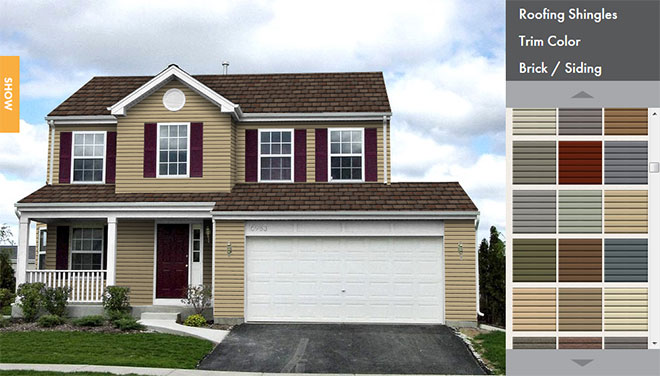Minnesota Townhouse and Condo Roofing Contractor Minneapolis MN
Budget time has come and gone, Minnesota has had several tornados and rain storms, your maintenance budget has already been exhausted due to roof leaks…… and it’s only August. What do you do? You scramble to get quotes for roof replacements, have an association meeting to try to explain to the community why you need to do a special assessment or secure a loan for a capital improvement project. In the end, you hope that the project and financing are approved.
Does Your Roof Have You Covered?
Does this sound familiar? If so, you should know how to identify the signs that your roofs are either failing or nearing the end of their life expectancy. Here are the danger signs that you can look for:
- Current leaks. These leaks are most likely due to inadequate or missing underlayment, deteriorated and/or missing flashing or poor overall workmanship by the original roofing contractor. Many apparent roof leaks are actually flashing leaks. Without good, tight flashings around chimneys, vents, skylights and wall/roof junctions, water can enter a home or building and cause damage to walls, ceilings, insulation and electrical systems. Flashings should be checked as part of a biannual roof inspection and gutter cleaning.
- The appearance of water stains on interior ceilings and walls over the winter months. The most likely cause of these stains is an ice dam. An ice dam is a ridge of ice that usually forms either at the eave of the roof or where a side wall meets a roof edge. Once an ice dam forms, it prevents water from draining off of the roof and into the gutter. The ice creates a dam and the water backs up and gets under and behind the roof shingles and/or the flashing. This water can leak into a home and cause damage to walls, ceilings, insulation, floors, etc. Properly insulating your attic and crawl spaces will help prevent ice dams from forming and also help stop precious $$$ from going out through your roof.
- Roof shingle, sheathing and siding decay. This is usually caused by poor attic ventilation. Proper ventilation is one of the most critical factors in a roof system’s durability. An ideal attic ventilation system includes an exhaust vent at the ridge of the roof (ridge vents) and an intake vent at the eaves (soffit vents). When ridge vents and soffit vents are not an option then gable vents and other venting options should be employed. Without it, heat and moisture build up in an attic area and combine to cause rafters and sheathing to rot, shingles to buckle, and insulation to lose its effectiveness.
Therefore, it is important never to block off sources of roof ventilation, such as louvers, ridge vents or soffit vents, even in winter. Proper attic ventilation will help prevent structural damage caused by moisture, increase roofing material life, reduce energy consumption and enhance the comfort level of the rooms below the attic. In addition to the free flow of air, insulation also plays a key role in proper attic ventilation. Inadequate attic ventilation will shorten your roof’s life expectancy faster than any other factor. - Blistering and/or peeling of interior and/or exterior paint. Excessive temperature or high humidity due to poor attic ventilation.
- Missing, cracked or curling shingles. The roofing shingles have reached their useful life. When shingles are old and worn out, they curl, split and lose their waterproofing effectiveness. Weakened shingles easily are blown off, torn or lifted by wind gusts. The end result is structural rot and interior damage.
- Discolored or dirty looking shingles. This is caused by several factors including the loss of granules due to the age of roofing shingles, environmental pollution, vegetation, and fungus just to name a few. Moss can grow on moist wood shingles and shakes. Once it grows, moss holds even more moisture to a roof system’s surface, causing rot. In addition, moss roots also can work their way into a wood deck and structure. Algae also grows in damp, shaded areas on wood or asphalt shingle roof systems. Besides creating a black-green stain, algae can retain moisture, causing rot and deterioration. Trees and bushes should be trimmed away from homes and buildings to eliminate damp, shaded areas, and gutters should be kept clean to ensure good drainage. Also, tree branches touching a roof will scratch and gouge roofing materials when the branches are blown by the wind. Falling branches from overhanging trees can damage, or even puncture, shingles and other roofing materials. Leaves on a roof system’s surface retain moisture and cause rot, and leaves in the gutters block drainage.
- Excessive energy costs. Insufficient attic ventilation causes heating/cooling system to run excessively. In warm weather, inadequate ventilation will trap hot air in the attic, causing air conditioning systems to work harder, or leaving your home’s interior hotter and less comfortable. In both hot and cold weather, insufficient attic ventilation may cause moisture in the attic to become trapped and condense on the rafters. This condensed moisture can drip down onto the insulation and reduce its effectiveness.
The longer you wait to repair or replace your roofs, the more costly it will become in the future. Roof related costs have been on the increase at an average of 5% to 7% per year. Asphalt roofing shingles are a petroleum based product and, therefore, their price increases usually follow oil price increases. The new roofs that you could have invested in this year could end up costing you thousands of dollars more next year. Remember the next year’s increased cost does not reflect any maintenance repair dollars that you would have had to incur over that year.
Roofing Services For Townhome and Condominium Associations MN
Make sure to consult a Minnesota Roofing Contractor that has experience working with townhouse and condominium associations. Ideally, securing an independent Townhouse Association Roofing Contractor to assess a roof’s condition, thorough inspection and design of roofing specifications, may be the best way for townhome and condominium owners to protect their interests and obtain a wise roofing investment.


 Click Here
Click Here Click Here To Use
Click Here To Use